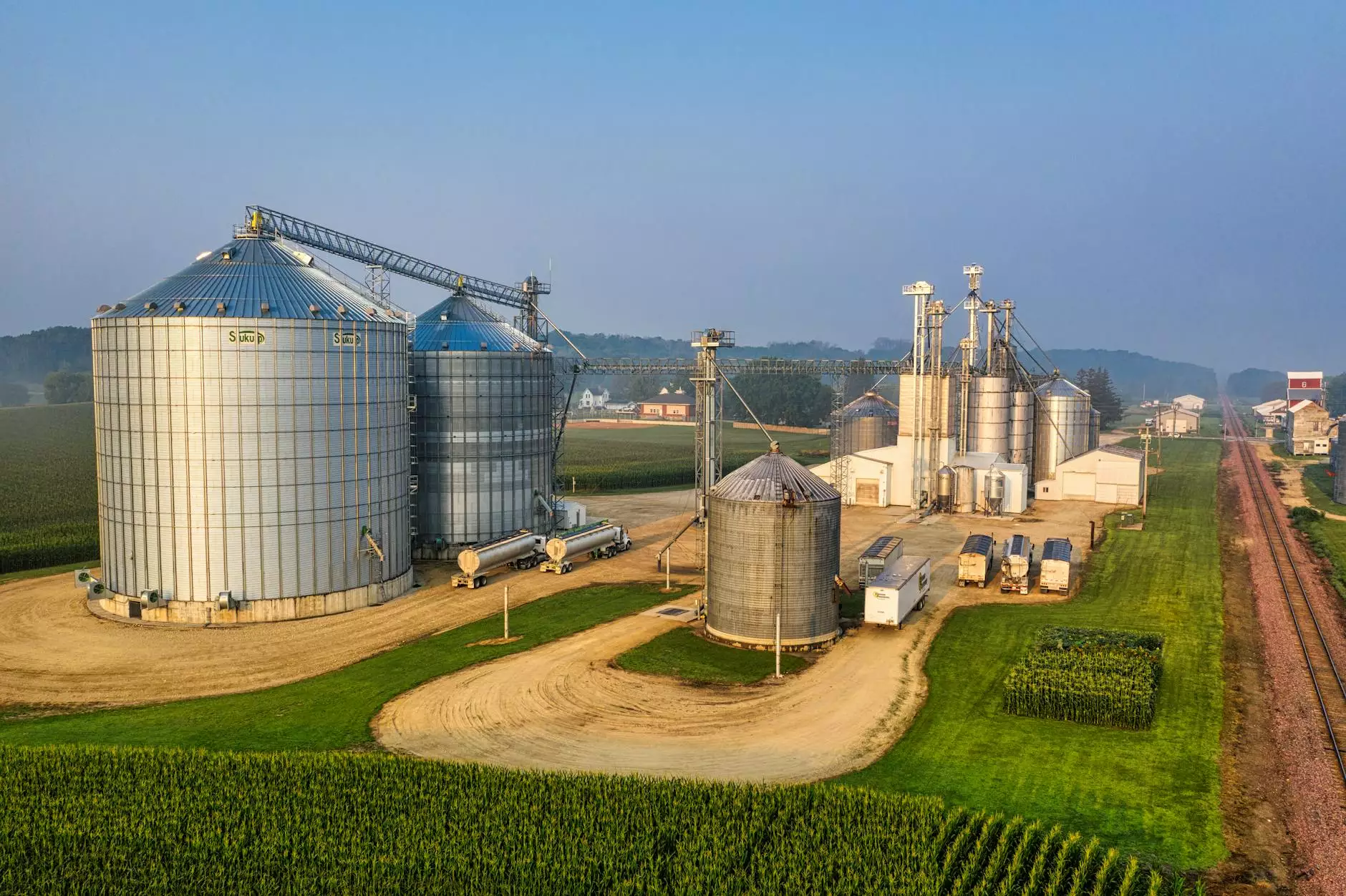How to Survive Falling in a Grain Silo: Essential Safety Tips

Grain silos are a common feature on farms and in agriculture, providing vital storage for essential crops. However, while they serve a crucial purpose, the dangers associated with grain silos are often underestimated. This article will explore how to survive falling in a grain silo by detailing essential safety precautions, emergency responses, and preventive measures everyone should know.
Understanding the Risks of Grain Silos
Before diving into survival strategies, it’s imperative to understand the risks associated with grain silos:
- Topple Risks: Grain can create unstable environments that may shift unexpectedly.
- Asphyxiation: Low oxygen levels can lead to suffocation, particularly in enclosed spaces.
- Entrapment: Falling into a grain silo can result in being buried under several tons of grain.
Safety Precautions to Prevent Accidents
Taking proactive steps before entering a silo is crucial. Here are some fundamental safety precautions:
- Always ensure silos are properly ventilated before entering to avoid inhaling dangerous gases.
- Utilize fall protection gear, including harnesses and ropes if applicable.
- Have a buddy system in place—never enter a silo alone.
- Conduct a risk assessment of the silo and surrounding area to identify and address potential hazards.
- Make sure all equipment is up to date and regularly inspected.
What to Do If You Fall into a Grain Silo
Despite all precautions, accidents can happen. Here’s a detailed guide on how to survive falling in a grain silo:
1. Stay Calm
In the event of a fall, the most important initial reaction is to stay as calm as possible. Panic can lead to rapid breathing and poor decision-making.
2. Assess Your Position
Once you’ve regained your bearings, assess if you’re buried in grain or can still move. If you're partially buried, try to remain still. The more you move, the deeper you may sink.
3. Create Air Pockets
If you’re in danger of being completely covered, begin moving your arms and legs to create a small pocket of air. This can extend survival time by ensuring you have a supply of breathable air.
4. Signal for Help
If you have a phone or an emergency whistle, use it. If not, tap on the sides of the silo to create noise, drawing attention to your location.
Emergency Measures and Rescue Protocols
Understanding how to react and the protocols during a rescue operation is crucial. Here are important steps for effective emergency response:
1. Alerting Emergency Services
Once located, having a reliable communication method to inform emergency services is critical. Provide precise details about your situation and location.
2. Rescuing Techniques
- The rescuers should approach the silo carefully and assess the situation from above.
- Using a rescue harness, they can create a safe method to lower equipment and personnel into the silo.
- Rescuers should try to minimize agitation of the grain to prevent further sinking.
Education and Training for Safe Operations
Going beyond individual incidents, creating a culture of safety around grain silo operations is essential:
- Regular Training: Equip all workers with knowledge regarding silo safety and emergency response procedures.
- Simulation Drills: Conduct regular drills to prepare for potential accidents.
- Mandatory Reporting: Implement a system for reporting near misses or unsafe conditions to prevent future incidents.
Importance of Maintenance and Inspections
Routine maintenance and inspections are key components to prevent accidents:
- Inspect all silos for structural integrity and potential hazard zones.
- Ensure grain is not left to sit too long to prevent spoilage and create unsafe conditions.
- Calibrate safety equipment and update any outdated technology or procedures.
The Role of Technology in Safety
Advancements in technology can greatly improve safety protocols in grain operations:
- Automation: Utilize automated systems that minimize human intervention in hazardous conditions.
- Monitoring Systems: Integrate sensors that can detect grain flow, gas levels, and other risk factors.
- Real-time Communication: Implement systems for immediate reporting of dangers or emergencies.
Conclusion: A Culture of Safety in Agriculture
Understanding how to survive falling in a grain silo is just one aspect of a broader safety culture within agriculture. By implementing comprehensive training, proactive maintenance, and embracing new technology, the risks associated with grain silos can be significantly reduced. Emphasizing safety not only protects individuals but also enhances team morale and operational efficiency.
For farmers and agricultural workers, prioritizing safety is not merely an option; it is a necessity. In doing so, we contribute to a safer workplace that safeguards the lives of all who work in this essential industry.
For more information on farming equipment and repair, visit tsgcinc.com.









